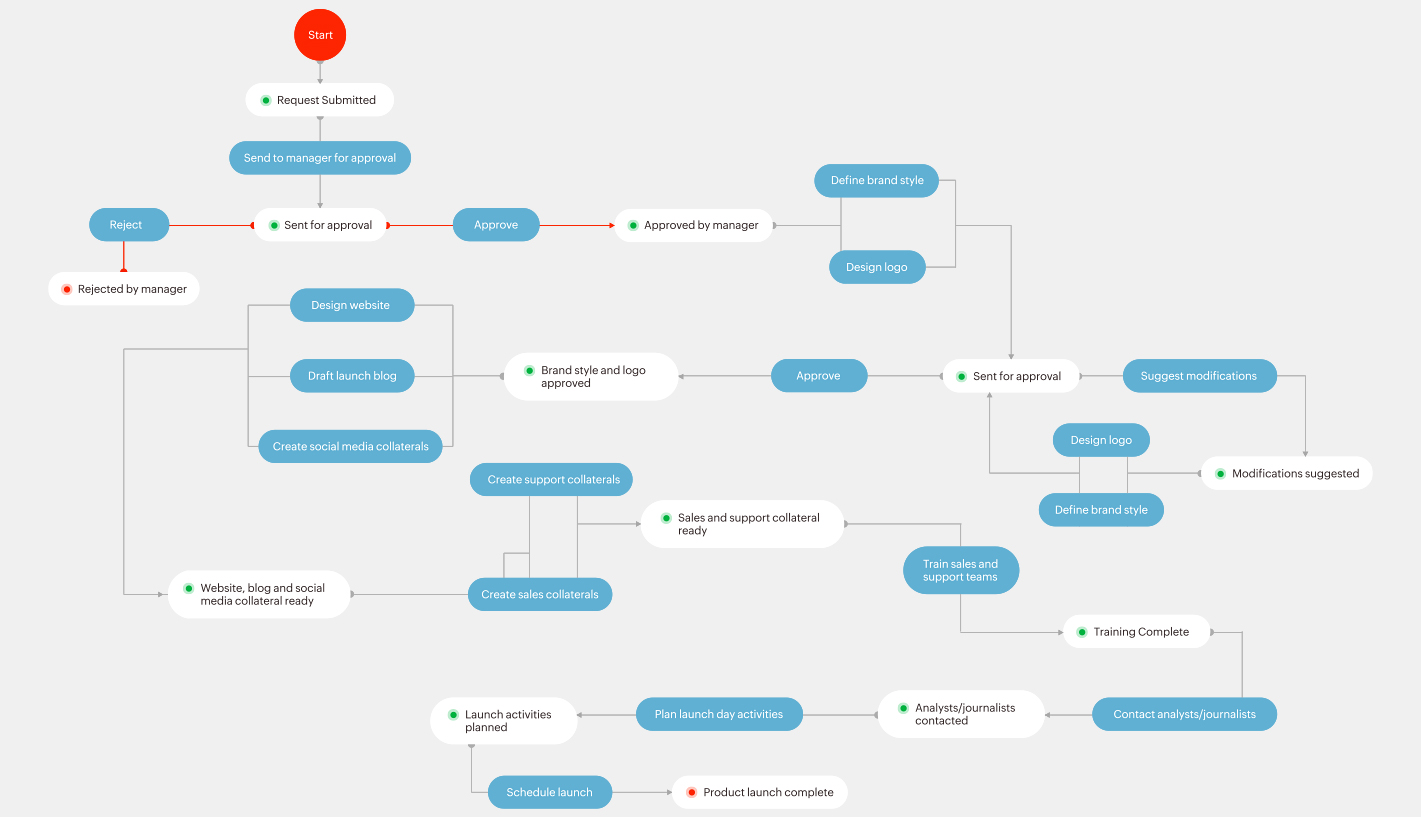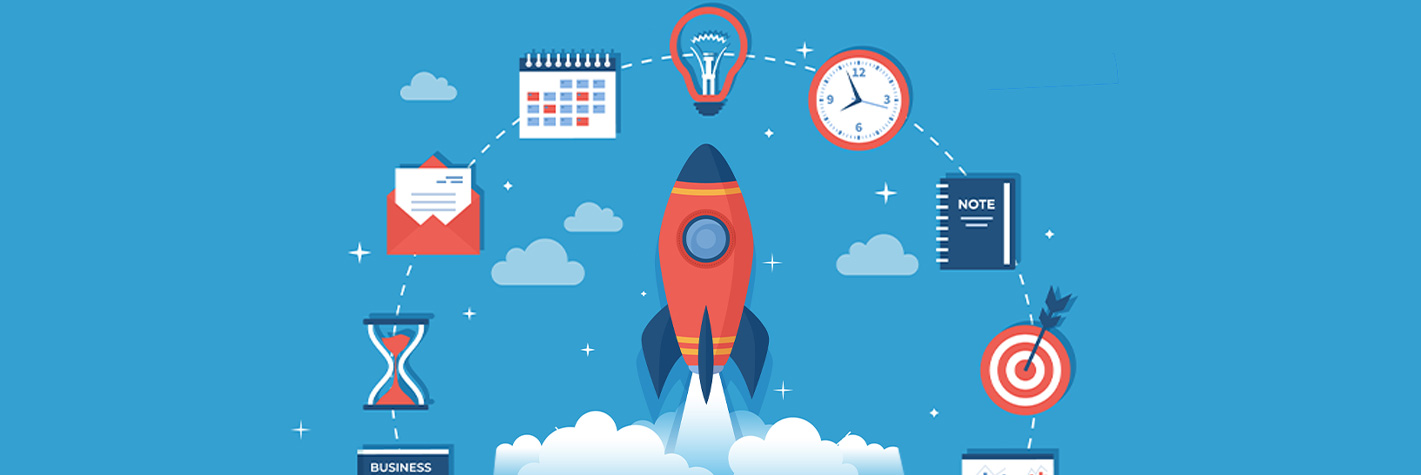Is your marketing team preparing for the next big product launch? While it's tempting to fall back on tried and true approaches, a non-traditional strategy can give your product a competitive edge. Growth hack your way to market success with these creative tactics:
Build hype with a pre-launch giveaway
Create a feeling of anticipation for your product weeks or months before its release. Pre-launch giveaways and contests are one of the easiest ways to do this. Select a group of participants to use your product for free in exchange for spreading the word. Explore hashtag challenges, Instagram contests, and social media giveaways. Gain attention and increase your chances of going viral by asking users to share their participation publicly.
Remember, it's important to be creative and stealthy in your messaging so your content isn't mistaken for spam.
Create a referral program
Word of mouth spreads the news about new products and services in a way businesses simply can’t replicate. People love reading reviews and getting second (or third) opinions. When a user recommends your product to their friends or co-workers, you're more likely to gain new customers. Incentivize your happy users by rewarding their recommendations with discounts, free shopping, or some swag.
Maintain a large collection of shareable content
Consistently creating shareable content can boost support for your launch. Use a variety of content forms, such as infographics, videos, blog posts, guides, customer stories, charts, and graphs. Aim to provide so much value that users feel compelled to share your content with their networks and bring traffic to your site. The more traffic you receive, the more likely your product launch will reach fresh eyes. Keep in mind, content that seems self-serving or overly salesy will likely be ignored by your audience.
Develop your organic presence
Make your website search engine friendly to encourage steady traffic to promote your new product. When planning your keyword strategy, think about the language your prospects will use to search for your product—not the language used by your business. Be sure your meta descriptions are accurate and concise, and the first paragraph of text helps readers understand your product and its value.
Mobilize influencers or SMEs to promote your product
Influencers and subject matter experts (SMEs) have loyal audiences who take their recommendations to heart. If you want these experts to talk about your brand, encourage them to try your product for free. Take time to investigate influencers and SMEs that are a natural market fit and build rapport with them. Remember, you should never offer to "buy" their recommendation.
Prepare your FAQs before the launch
When you launch a new product or service, users are bound to have questions about how it works and why they should buy it. The more complex or unique the product is, the more questions you'll need to address. Build a complete “Frequently Asked Questions” section and update it regularly. When a customer service agent gets a question that hasn’t come up before, add it to your FAQ page.
Include FAQs in your social content too. This is a great way to get prospects more familiar with the product.
Implement an effective email marketing strategy
Start by building a solid database of leads. The more information you have on your prospects, the more you can tailor your messaging. Think about location, age, profession, previous purchases, or products that interest them. Once you do the digging, you’re much more likely to pull off a highly-personalized email strategy and convert subscribers.
Are you worried about keeping track of all these product launch initiatives? Your team can swiftly navigate multiple product launch tasks by using a workflow automation platform.

Workflow automation tools like Qntrl help product launches stay on track. Here’s how:
Marketing teams have complete transparency throughout the process. When everyone has clarity on each other's responsibilities, teams have more success completing tasks and meeting deadlines.
Departments can automate approvals based on budget, time constraints, or company policies.
Launch activities, including website design, sales team training, and collateral development, are managed from a single location.
Sub-workflows for your product launch are easily established in areas such as site development, PR, and social media campaigns.
Teams can measure the success of their product launch with built-in reports and improve their process for the next launch.
Curious to see this in action? Get a personalized demo and request to see a product launch today!








